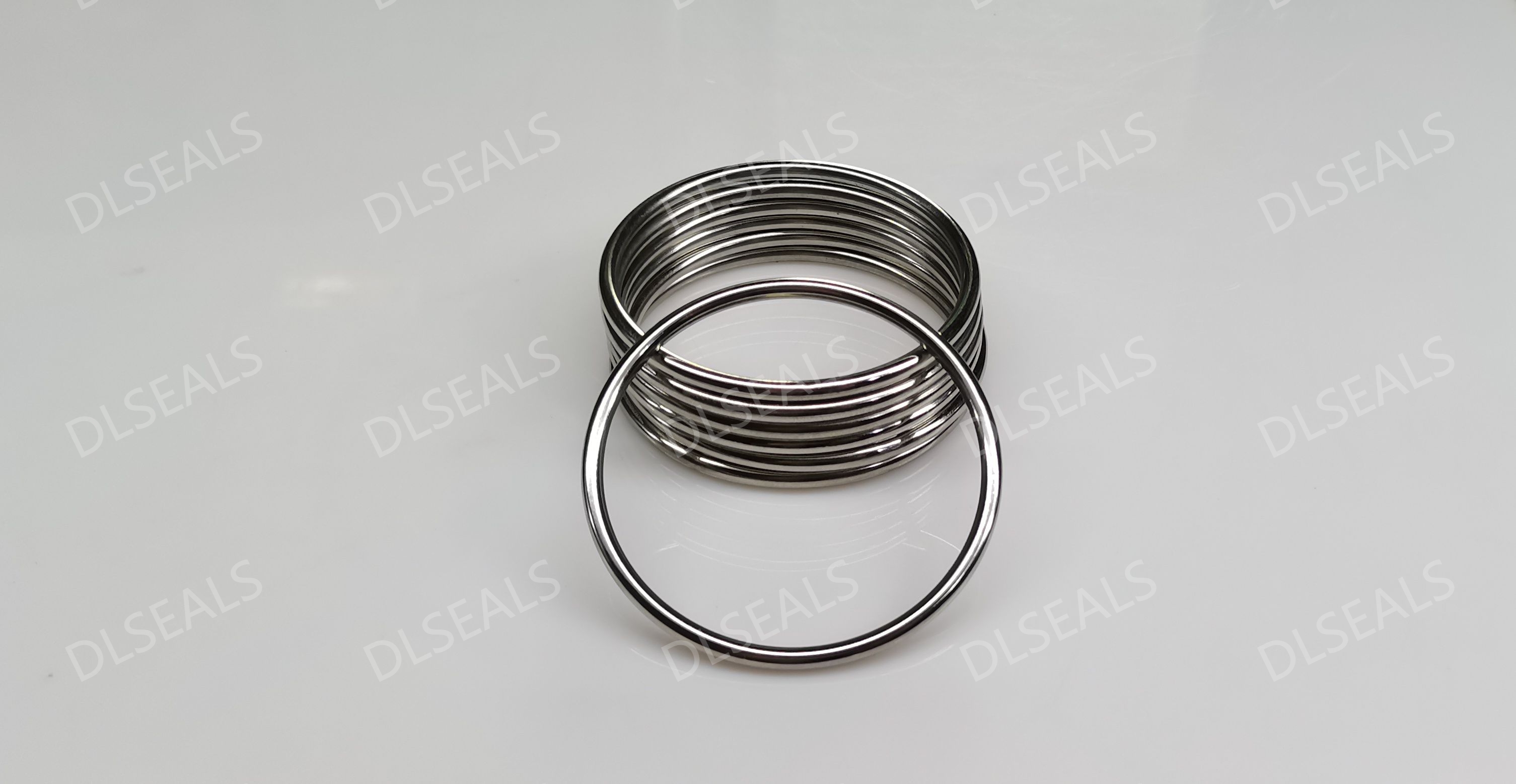
In sealing technology, metal seals are widely used in various industrial fields due to their excellent high-pressure resistance. Metal C-rings and metal O-rings are common types of metal seals, each with its own characteristics in terms of pressure resistance. This article will make an in-depth comparison of the pressure resistance of metal C-rings and metal O-rings to help engineers and designers make wise decisions when choosing appropriate sealing solutions.
1. Pressure performance of metal C-rings
1. Pressure resistance
The design of metal C-rings enables them to provide effective sealing in high-pressure environments. Its main features include:
High pressure resistance: The pressure resistance of metal C-rings is usually between 20-50 MPa (200-500 bar). In some special design cases, higher pressures can be withstood.
Strong sealing performance: Due to its “C” cross-section design, it can generate a large contact pressure on the sealing surface to ensure the reliability of the seal.
2. Application scenarios
Metal C-rings are suitable for applications that require high-pressure sealing, such as:
Oil and gas extraction: In drilling equipment and oil and gas separation devices, extremely high pressures are often required, and metal C-rings can provide reliable sealing effects.
Aerospace: Used in key parts of aircraft and spacecraft, they can maintain sealing under extreme pressure environments.
Chemical equipment: In high-pressure reactors and high-temperature pipeline systems, metal C-rings can effectively prevent leakage.
2. Pressure performance of metal O-rings
1. Pressure bearing capacity
The design of metal O-rings makes them also perform well in terms of bearing pressure. Its features include:
High pressure bearing capacity: The pressure range that metal O-rings can withstand is usually above 50 MPa (500 bar), and some special designs can reach 100 MPa (1000 bar) or higher.
Uniform pressure distribution: Due to its circular cross-section design, metal O-rings can evenly distribute pressure on the sealing surface, reducing the risk of sealing failure.
2. Application scenarios
Metal O-rings are widely used in various high-pressure environments, including:
Hydraulic systems: In hydraulic cylinders, hydraulic pumps and other components, metal O-rings can effectively prevent liquid leakage and ensure the stable operation of the system.
Pneumatic systems: Used in pneumatic devices, metal O-rings can provide stable airtightness.
High-pressure vessels: Such as ultra-high-pressure reactors, pipeline systems, etc., metal O-rings can maintain sealing performance under extreme pressure.
III. Comparative analysis
1. Comparison of pressure bearing capacity
Metal C-rings: Although the pressure bearing capacity of metal C-rings is between 20-50 MPa, its design enables it to perform well in extremely high pressure environments. It improves the sealing performance by increasing the contact area of the sealing surface.
Metal O-rings: The pressure bearing capacity of metal O-rings is generally higher than that of metal C-rings, especially in some high-pressure applications, and can withstand higher pressures. This makes it widely used in fields such as hydraulic and pneumatic systems.
2. Design and Application
Metal C-ring: It is designed to withstand extreme pressure conditions and can work stably in high temperature environments. It is suitable for special application scenarios that require high-pressure sealing, such as oil and gas extraction.
Metal O-ring: It is simple in design, but efficient and suitable for various high-pressure occasions, especially in hydraulic and pneumatic systems. Its uniform pressure distribution can effectively prevent leakage.
IV. Summary
Metal C-ring and metal O-ring have their own advantages in pressure bearing capacity. Metal C-ring can provide excellent sealing effect under high pressure environment, especially suitable for extreme applications. Metal O-ring is widely used in hydraulic, pneumatic and high-pressure vessels due to its high pressure bearing capacity and uniform pressure distribution.
When choosing a suitable seal, it is necessary to consider the specific application requirements, pressure range and working environment. Understanding the pressure performance and characteristics of these two seals will help make more accurate choices during design and maintenance, and ensure the long-term stable operation of the equipment.
Post time: Sep-07-2024
